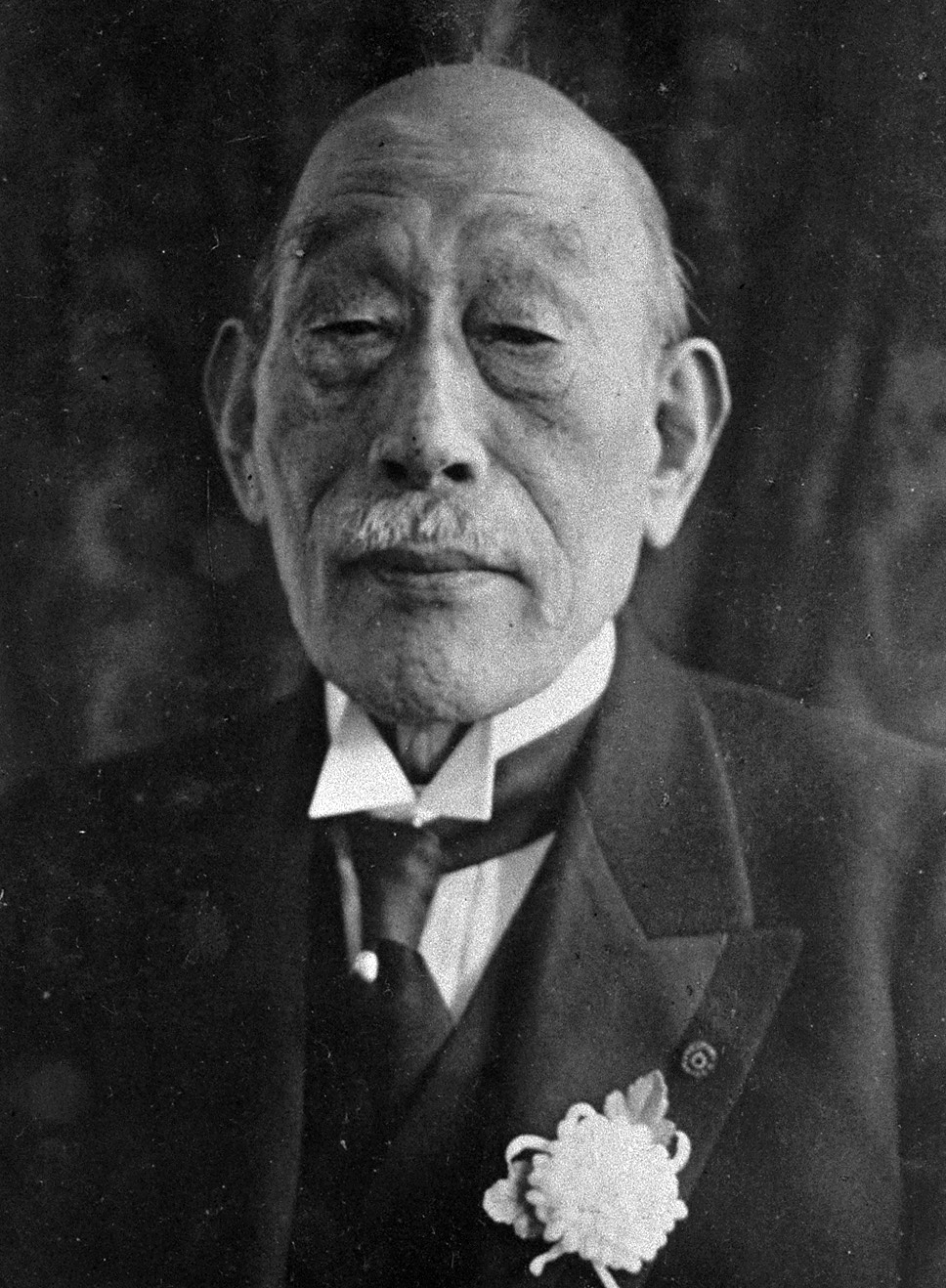- Kiyoura Keigo
Infobox Politician
name = Kiyoura Keigo
caption =Prime Minister of Japan
birth_date =birth date|1850|2|14|df=y
birth_place =Kumamoto ,Higo Province ,Japan
residence =
death_date = death date and age|1942|11|5|1850|2|14|df=y
death_place =Tokyo , Japan
office =23rdPrime Minister of Japan
salary =
term_start =7 January 1924
term_end =11 June 1924
predecessor =Yamamoto Gonnohyōe
successor =Kato Takaaki
constituency =
office2 =
salary2 =
term_start2 =
term_end2 =
predecessor2 =
successor2 =
constituency2 =
office3 =
salary3 =
term_start3 =
term_end3 =
predecessor3 =
successor3 =
constituency3 =
party =none
religion =
occupation = Cabinet Minister
majority =
spouse =
children =
website =
footnotes =nihongo| Kiyoura Keigo, 1st Count Kiyoura |清浦 奎吾| Kiyoura Keigo, (
14 February 1850 -5 November 1942 ) was aJapan esepolitician and the 23rdPrime Minister of Japan from7 January 1924 to11 June 1924 .Early life
Kiyoura was born with the name Fujaku in Kamoto-gun,
Higo Province , (present-dayKumamoto Prefecture ), as the fifth son of aBuddhist priest named Okubo Ryoshi. He studied at the private school of Hirose Tanso from 1865 to 1871. During this time, he befriended Governor Nomura Morihide and took up the name "Kiyoura Keigo."Political career
Nomura was appointed governor of
Saitama Prefecture in 1873 and appointed Kiyoura to a junior-grade civil service position there.In 1876, at the age of twenty-seven, Kiyoura joined the Ministry of Justice. He went on to serve as Vice Minister of Justice, and Minister of Justice and while at the Ministry of Justice, he helped draft the
Peace Preservation Law of 1887.In 1891, he was selected as a member of the
House of Peers by Imperial nomination. A close ally ofYamagata Aritomo , he was rewarded with numerous cabinet positions, including that of Justice Minister in the second Matsukata and second Yamagata administrations, and Justice, Agriculture and Commerce ministers in the first Katsura administration.In 1914, while he was Chairman of the Privy Council, Kiyoura received an imperial order appointing him
Prime Minister of Japan followingYamamoto Gonnohyoe . However, Kiyoura declined the post because of the controversy involving the ongoingSiemens scandal andOkuma Shigenobu was chosen to become prime minister.As Prime Minister
Kiyoura accepted a second imperial order in 1924 and become 23rd
Prime Minister of Japan . However, his cabinet was formed at a time when non-partisan, aristocratic cabinets were falling out of favor, and the Diet's lower house held up most of his initiatives for all six months of his administration.Perhaps the most important event during his term as prime minister was the royal wedding of Crown Prince
Hirohito (the future Emperor Shōwa) with Nagako Kuniyoshi (the futureEmpress Kōjun ) on26 January 1924 .In 1924, he dissolved the
House of Representatives (Japan) when faced with the three party coalition of theKenseikai ,Rikken Seiyukai andKakushin Kurabu which had formed a majority in Diet of more than 150 seats. As a result of his massive rout in the subsequent general election, his cabinet resigned en masse.See also
*
History of Japan References
* Bix, Herbert B. "Hirohito and the Making of Modern Japan". Harper Perennial (2001). ISBN 0-06-093130-2
* Jansen, Marius B. "The Making of Modern Japan". Belknap Press; New Ed edition (October 15, 2002). ISBN 0-674-00991-6
* Hane, Mikiso. "Modern Japan: A Historical Survey". Westview Press (2001). ISBN 0-8133-3756-9External links
Wikimedia Foundation. 2010.
